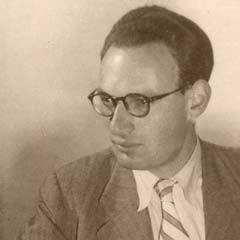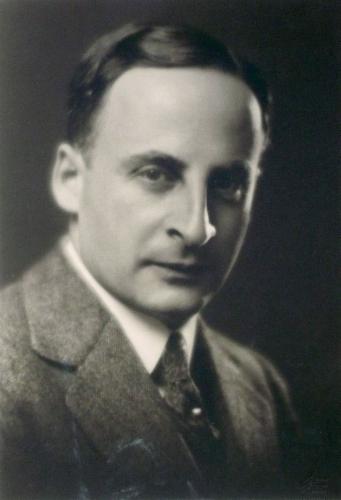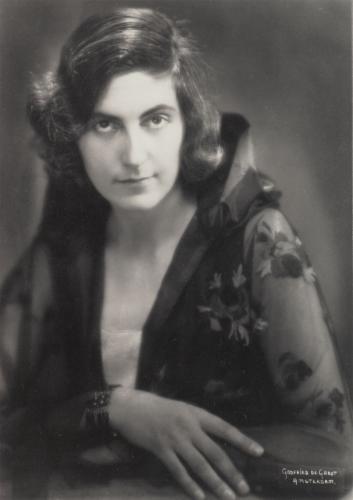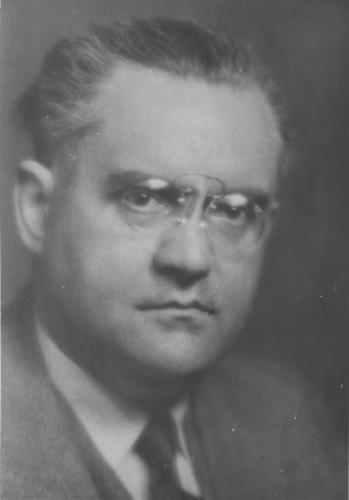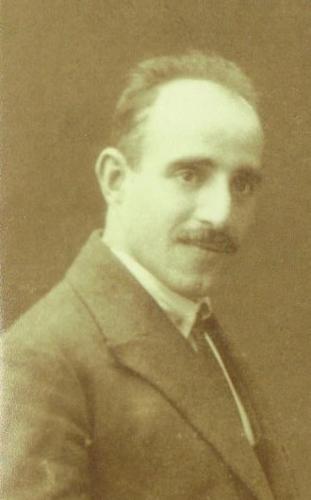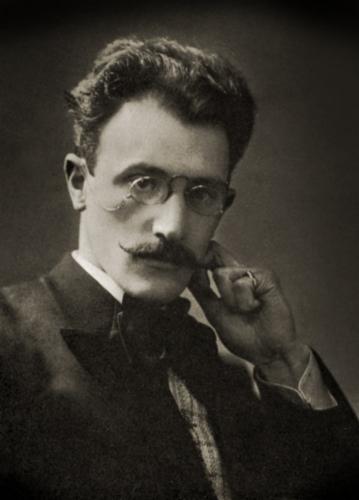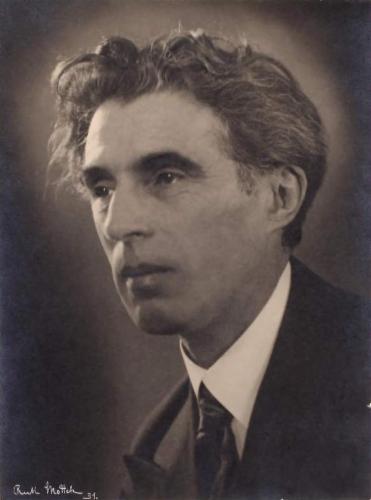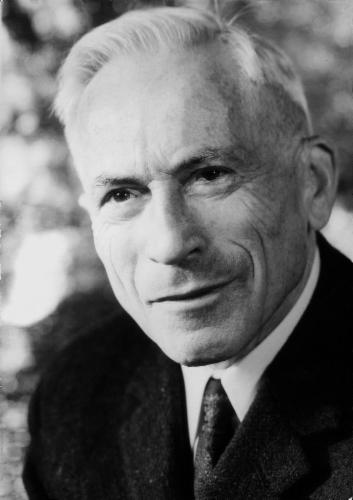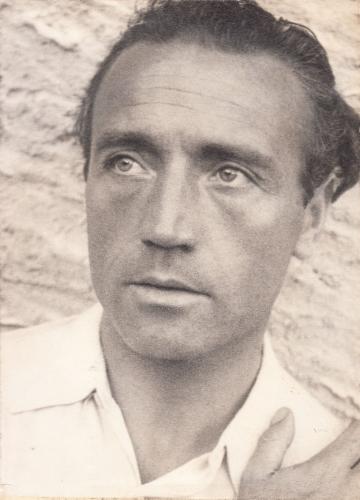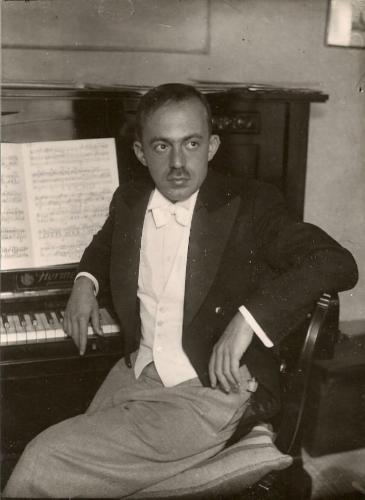featured composer
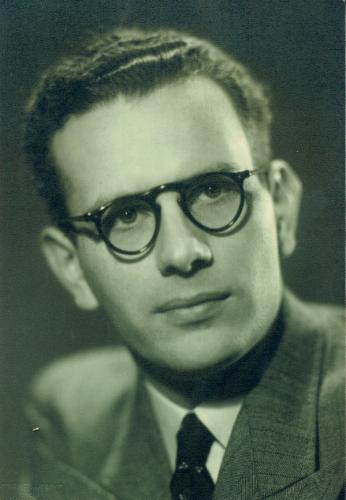
Carel Jacobs (1909 - 1980)
Carel Jacobs was an outstanding student at the Nederlandsche R.K. Kerkmuziekschool (Dutch Roman Catholic Church music school), where he studied composition with Johan Winnubst. Feeling unsafe as 'Vierteljude', he gave up his conducting classes with Carl Schuricht in Germany. During the war he helped many people in hiding and got caught and escaped twice. He conducted several choirs in the east of the Netherlands and became the director of the conservatory in Enschede. His … more

